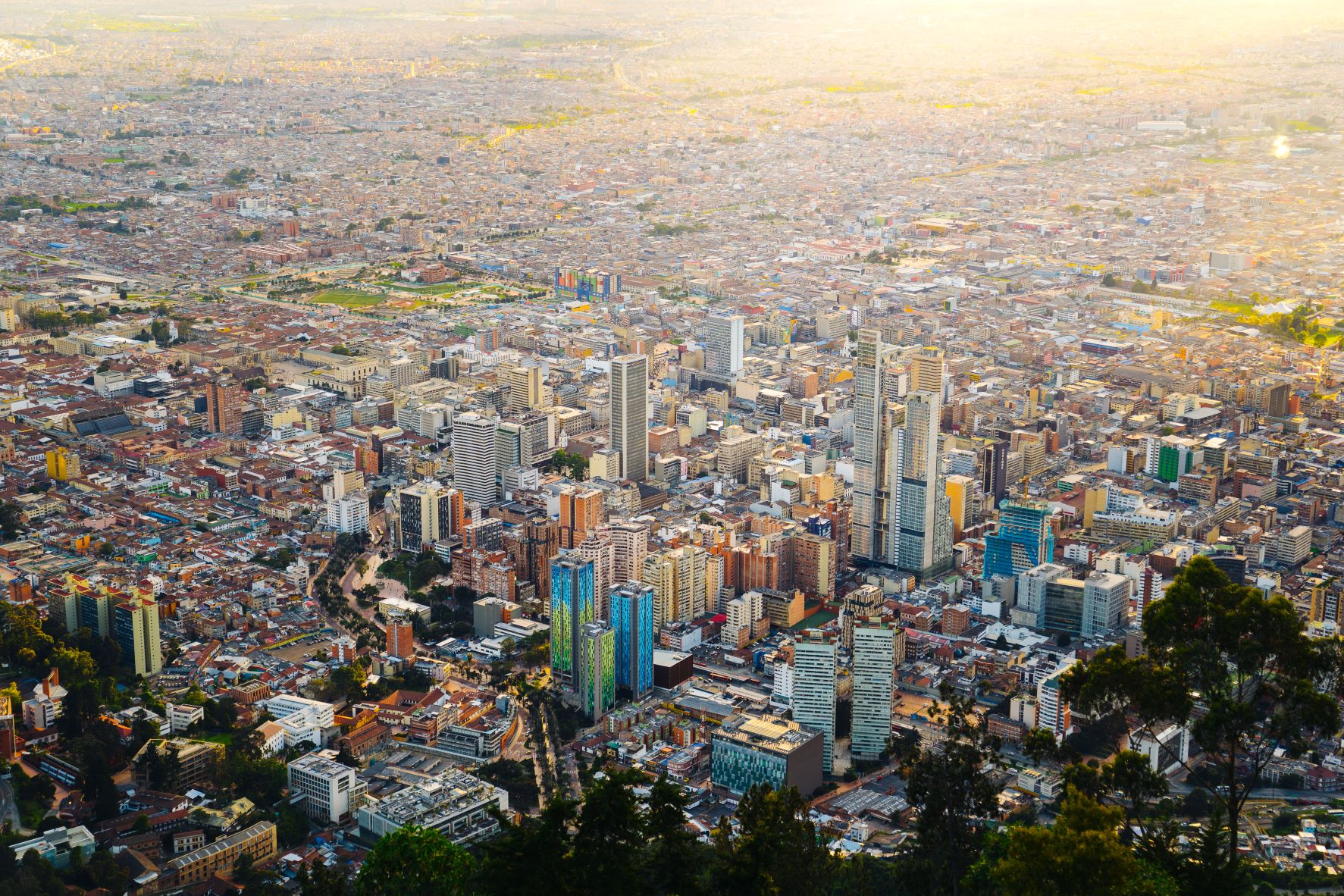Recommended
The Senate Foreign Relations Committee this week approved bipartisan legislation that would expand the list of countries the Millennium Challenge Corporation (MCC) can engage while preserving its strict eligibility requirements that demand partners adhere to principles of good governance and uphold rights. Here’s more on what this change could mean and why it’s under consideration.
MCC’s origin story
More than two decades ago, in a speech at the Inter-American Development Bank, then-President George W. Bush introduced a new approach to US development assistance. His vision centered on working with lower-income countries that embrace good governance and invest in their people—providing generous grant assistance to tackle projects with the promise of unlocking economic growth. Thanks to support from lawmakers on both sides of the aisle, the Millennium Challenge Corporation opened its doors in early 2004—a new agency with a singular mission and distinct model.
While President Bush proposed the new approach be paired with ambitious new funding—a $5 billion annual increase over FY2003—for much of its history, MCC’s budget has failed to top even $1 billion.
Still, over the years, the agency has signed 45 compacts—with a few curtailed for deteriorating governance (consistent with the agency’s ethos)—and 30 smaller threshold programs.
What’s next for MCC?
Rapidly approaching its 20th birthday, MCC has been thinking hard about its future. The agency faces a number of big questions. Is it positioned to support countries across the range of economic development challenges they face today? Could its unique approach be usefully deployed to serve further US and development interests? How will existing restrictions inform its partnership opportunities in the years ahead?
All three of these queries have led the agency to reexamine its country candidate pool—the proverbial starting line for the gauntlet that is MCC’s eligibility and selection process. Under the current statute, MCC can only work in low- and lower-middle-income countries. But that pool has been shrinking over the years as countries (mercifully) have grown wealthier. As such, the agency proposed an expansion that would allow it to work in a subset of upper-middle-income countries. The new Senate bill, known as the MCC Candidate Country Reform Act, and a House companion take a slightly different tack than legislation with a similar aim that passed the House in the 117th Congress. (See here for analysis on the previous bill and its implications. You can also read our colleague’s alternate pitch.)
Instead of casting a net over the poorest 125 countries, the committee-passed measure draws a new dividing line at what’s known as the World Bank International Bank for Reconstruction and Development’s Graduation Discussion Income (GDI) Threshold. A mouthful, to be sure, but in short, the GDI is the income per capita that triggers a discussion of winding down World Bank financing when exceeded by a country. Like the income categories, the World Bank regularly adjusts this number. In FY2023, it was $7,455. If applied today, this new cutoff would be expected to add about 31 countries to MCC’s candidate pool. Using the interactive map below, you can see the countries that comprised MCC’s early candidate pool relative to today’s and those added based on the methodology proposed by the legislation.
And while 31 could sound like a big expansion, it’s important to remember that it’s just the starting point for MCC partnership consideration. Some countries are statutorily barred from candidacy, and in any given year, only about a third of countries in its two existing income categories pass MCC’s scorecard, which informs selection decisions made by the agency’s board.
In FY2023, 81 countries were classified as low- or lower-middle-income, but 15 were barred from consideration by legislation (most excluded for human rights violations, concerns about human trafficking, recent military coups, or other governance issues). Of the remaining 66, only 26 passed the scorecard, performing better than the median of their income-based peers (or consistent with established absolute thresholds in a few instances) on a range of indicators.
Still, what MCC could bring to even a small subset of these countries is significant. Even where the agency’s budget hasn’t allowed for the scale of financing imagined by early champions, MCC’s multi-year grant agreements represent meaningful investment. And the agency vests management responsibility in an accountable entity in-country that typically includes government officials and representatives of the private sector and civil society. Further, investment decisions are made with the partner government and informed by analysis—examining constraints to the country’s economic growth and ensuring selected projects are likely to deliver value for money. Another way in which MCC’s compact model sets it apart from other US development programming is in the asks it makes of partner countries—both in commitments to policy and institutional reform and in resources (in-kind or financial). MCC is also imbued with a strong evaluation and learning culture, so discovering how the agency’s investments over the years have fared is relatively easy.
While it’s true that MCC’s potential new frontier looks a lot like its old frontier, it’s unsurprising that the benefits afforded by the agency’s unique approach hold renewed appeal in the current policy context. Whether addressing significant infrastructure needs, supporting countries in continued recovery from recent economic shocks, or even staving off democratic backsliding by rewarding good governance, ensuring MCC remains a crucial tool in the US development toolkit makes good sense.
Disclaimer
CGD blog posts reflect the views of the authors, drawing on prior research and experience in their areas of expertise. CGD is a nonpartisan, independent organization and does not take institutional positions.








